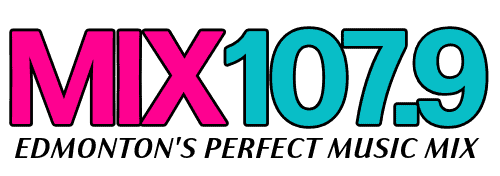HIV cases in Alberta rose by 73 per cent in 2023 compared to the previous year, according to a new report from Alberta Health.
The annual report shows that cases increased from 293 in 2022 to 507 last year. Of these, 54.8 per cent were acquired outside of Canada, while 18 per cent were the result of heterosexual transmission.
Alberta Health said it is working with Alberta Health Services and community organizations to improve health outcomes, reduce barriers to testing and treatment, and increase access to screening.
Although the final number of cases for 2024 has yet to be determined, officials say they expect it to be similar to last year’s figures.
Treatment
It’s good to know what to do if you test positive.
There are two primary types of HIV treatment: oral pills and injections.
- Pills
Pills are typically recommended for individuals starting HIV treatment. There are many FDA-approved single-pill and combination options available to suit different needs. - Shots
Long-acting injections are another option, administered either monthly or every two months, depending on the treatment plan. Shots are suitable for adults with HIV who:- Have had an undetectable viral load (or achieved viral suppression) for at least three months,
- Have no history of treatment failure, and
- Are not allergic to the medicines in the shot.
How to Access HIV Treatment
- Find an HIV Health Care Provider
A knowledgeable healthcare team will help manage your HIV care and treatment. Your primary care provider will:- Determine the best HIV medication for you,
- Prescribe the medication,
- Monitor your progress, and
- Refer you to specialists if needed.
- Follow Your Treatment Plan
To ensure effective management of HIV, take your medication exactly as prescribed. This will help maintain a low viral load and a high CD4 count. - Attend Medical Appointments
Regular checkups allow your provider to monitor your health through blood tests, such as:- CD4 Count: Measures the number of CD4 cells (which help fight infections). HIV lowers the CD4 count, making it harder for the body to fight infections.
- Viral Load Test: Assesses the amount of HIV in your blood. A higher viral load suggests that your immune system is struggling or that your medication is not working effectively.
Benefits of HIV Treatment
- Reduces Viral Load: HIV treatment lowers the amount of the virus in your blood, preventing the immune system from weakening.
- Prevents Transmission: Maintaining an undetectable viral load means you won’t transmit HIV through sex, and it also lowers the risk of transmission through needle sharing or pregnancy.
- Prevents Drug Resistance: Consistently taking your medication as prescribed helps prevent the virus from becoming resistant to treatment.
Managing Side Effects
If your treatment causes side effects, inform your healthcare provider. They may adjust your medications or prescribe additional treatments to help manage those effects.







